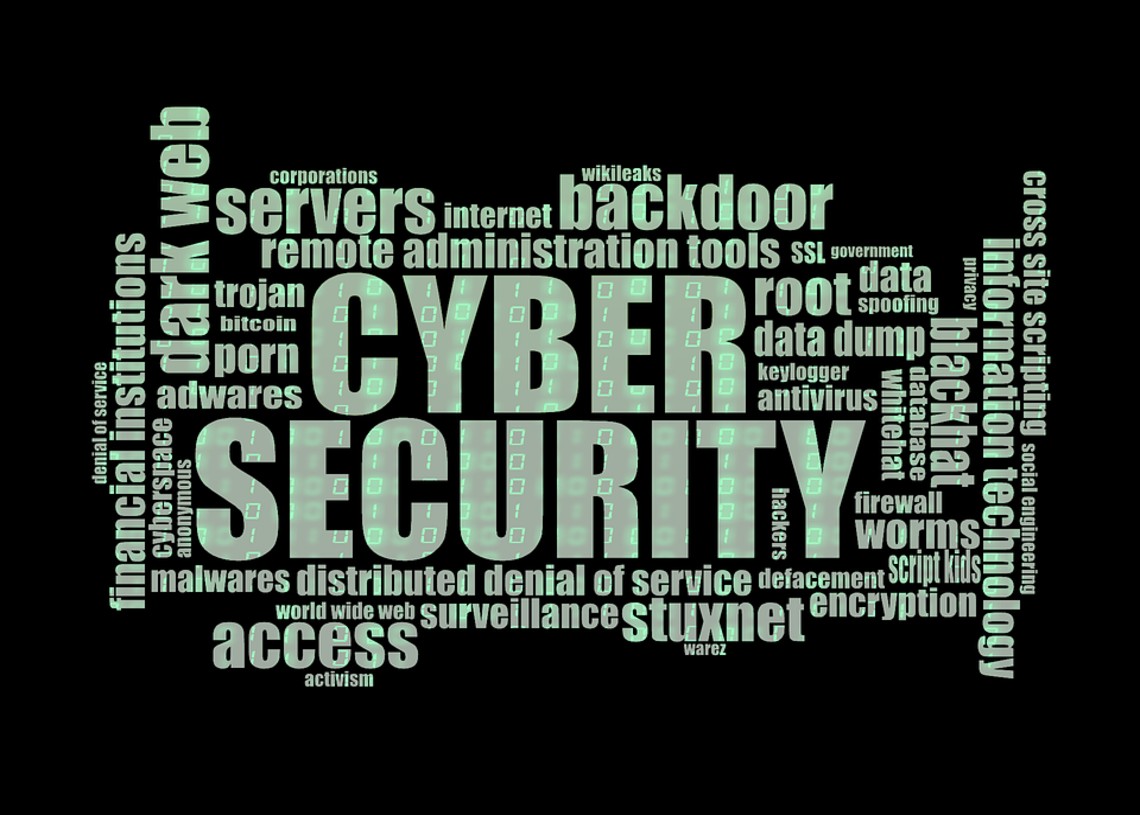As schools adopt remote learning across the US, the cybersecurity threat has become a major concern. In recent weeks, news about vulnerabilities of these systems and how they have compromised students’ data has led to schools considering making some changes in the usage of these technologies.
Weeks of lockdown have driven US learning institutions to turn to virtual learning to continue with their studies. Finding new infrastructure to use, learning about the technologies and making them available to students was difficult at first, but students and teachers seem to have finally been able to incorporate remote learning in their studies.
However, the issue of cybersecurity has continued to dominate headlines with headlines of leakage of data from these technologies being reported daily. Schools across the US are now becoming more careful in the choice of technology they choose. There are three key areas that these schools should be looking at if they want to combat the threat of cybersecurity in remote learning platforms.
Risks involved
The quick adoption of the technologies being used for remote learning meant there was little time to vet them. said Doug Levin, president of EdTech Strategies, a strategic research consultancy, highlighted this issue by saying the time taken to absorb these technologies for universal usage has been short.
Levin continued by saying it has led to schools adopting technologies that claim to be free in nature. However, their cost has been data compromises, tracking of students and teachers, violating students’ privacy laws and increasing risks of students’ data being made public by unauthorized entities.
Levin said the only way to ensure these schools are protected is having VPN tools that help protects students’ privacy and security of their data. He added many schools do not have such security systems in place making them vulnerable to cybersecurity threats.
Video vulnerabilities
Zoom, one of the leading choices for US schools has come under scrutiny for its cybersecurity vulnerabilities. Zoombombing has dominated major news outlets with reports of the hijacking of video teleconferencing sessions becoming rampant across the US.
Schools and school districts have also faced these problems with Zoom and other video teleconferencing platforms. Classes have been hijacked by malicious groups of people who post inappropriate content in these classes.
Students have also taken advantage of these vulnerabilities by posting details of their sessions online including the time of meeting and hoping someone will interrupt the classes. This has left teachers in a hard place as they try to deliver quality education in a hostile environment.
This has led to school districts such as New York City Department of Education banning the usage of Zoom and other compromised services during remote learning.
The only solution to ensuring video conference calls are not compromised during this period is through proper vetting of the technologies to be used. Schools should use the technologies that have good security features and from trusted companies to ensure their data is not compromised.
End-user as a cybersecurity threat
Spamming and phishing have also become rampant in the last few weeks. Transitioning to online learning has brought out the naivety of novel users of technology and exposed them to the harsh reality of predatory entities waiting for them to fall prey to their entrapments.
Teachers and students have fallen victim to these forms of a cybersecurity threat, where they have been made to be potential vulnerabilities through urging them to provide private information such as emails and passwords through ingenuity methods.
Levin said educators and students should scrutinize their emails to ensure they are not getting spammed by unsolicited entities. He also urged schools and school districts across the US to clean up their emails once they return back to normal to ensure they are not prone to cybersecurity threats.
Featured image by Pixabay







